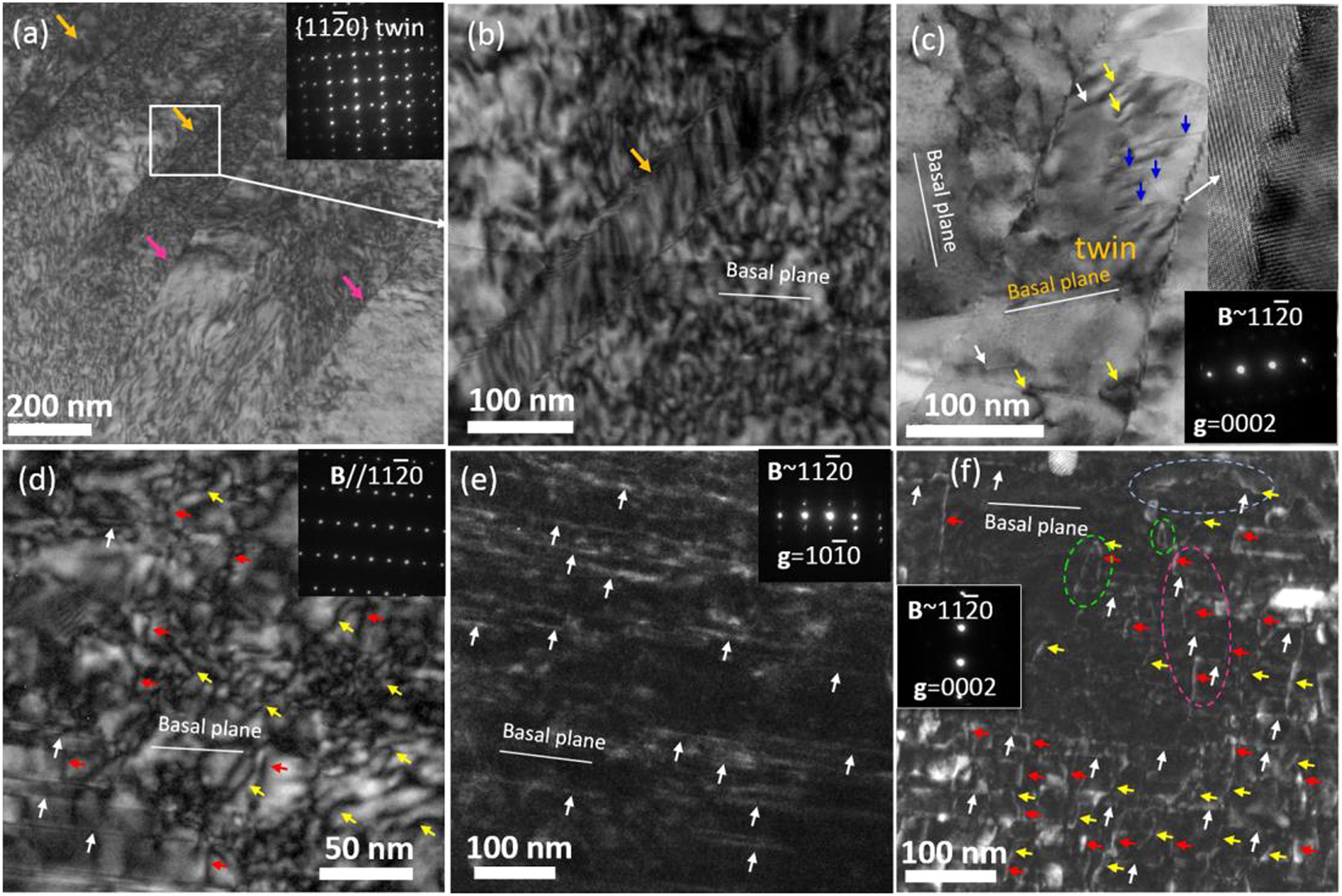
Available online 12 October 2023
This work reports an exceptional reversed yield strength asymmetry at room temperature for a rare-earth free magnesium alloy containing a mass of fine dispersed quasicrystal (I-phase) precipitates. Although exhibiting traditional basal texture, it owns an exceptional CYS/TYS as high as ∼1.17. Electron back-scattered diffraction (EBSD) and transmission electron microscopy (TEM) examinations indicate pyramidal <c + a> and prismatic <c> dislocations plus tensile twinning being activated after immediate yielding in compression while basal and non-basal <a> dislocations in tension. I-phase particles transferred the concentrated stress by self-twinning to provide the driving force for tensile twin initiating in neighboring grains, thereby significantly increasing the critical resolved shear stress of tensile twinning to possibly the level of pyramidal <c + a> slip, finally leading to the dominance of pyramidal <c + a> slip plus tensile twinning in texture grains. This results in a higher contribution on yield strength by ∼55 MPa in compression than in tension, which reasonably agrees with the experimental yield strength difference (∼38 MPa). It can be concluded that I-phase particles influence deformation modes in tension and in compression, finally result in reversed yield strength asymmetry.